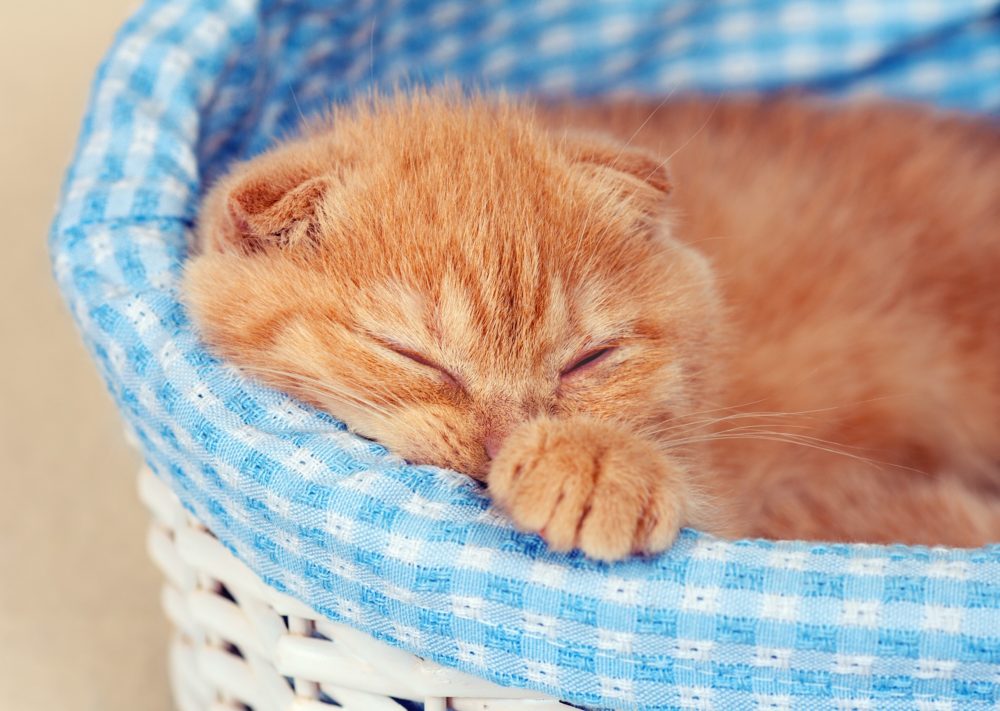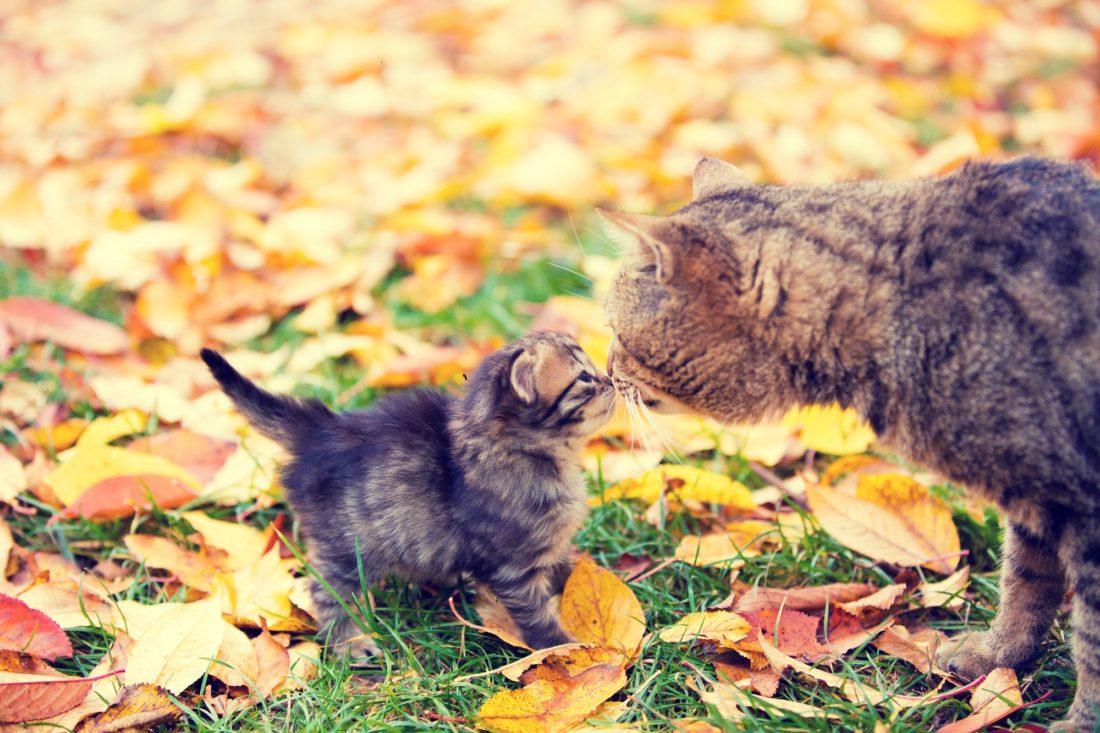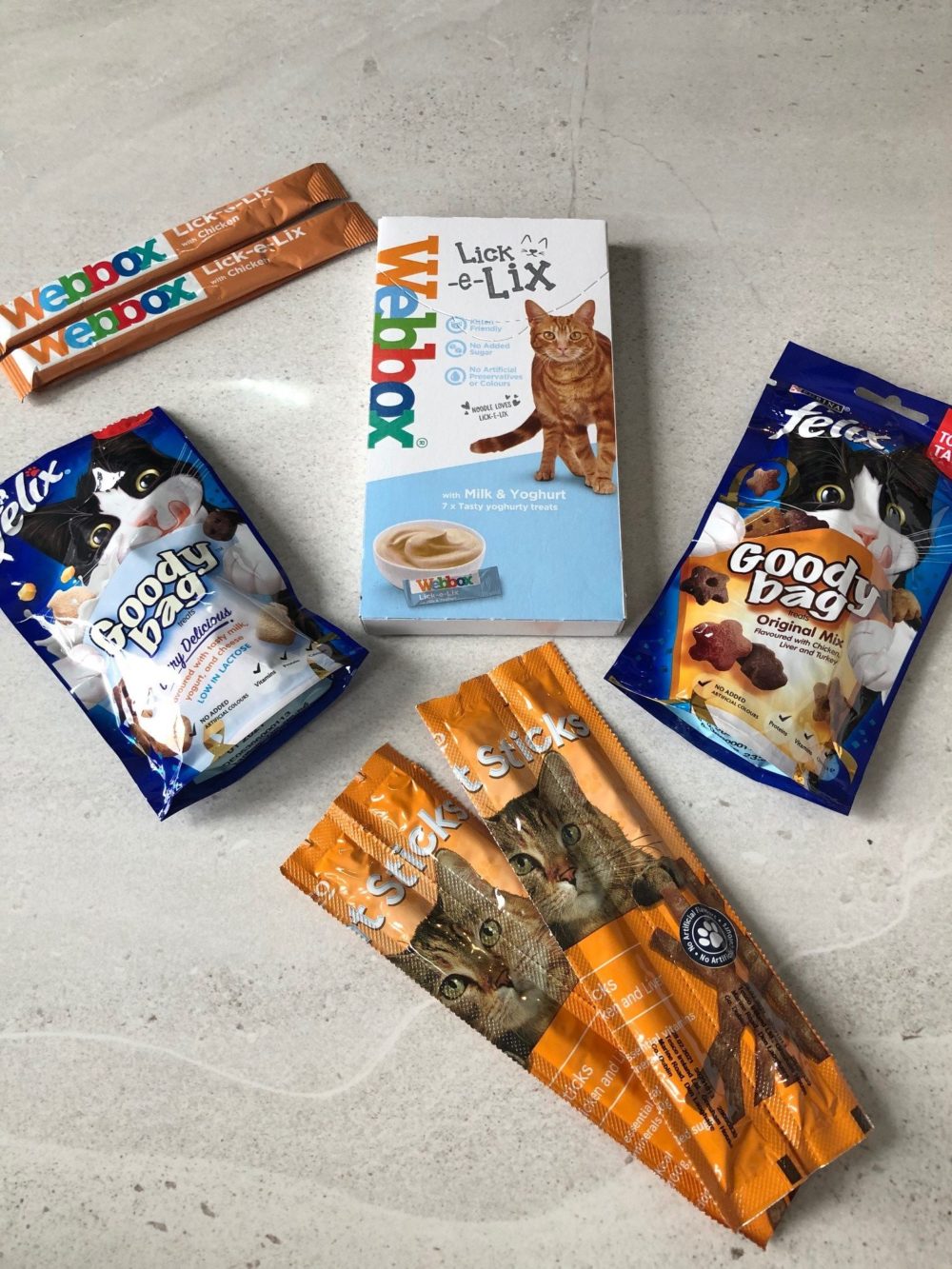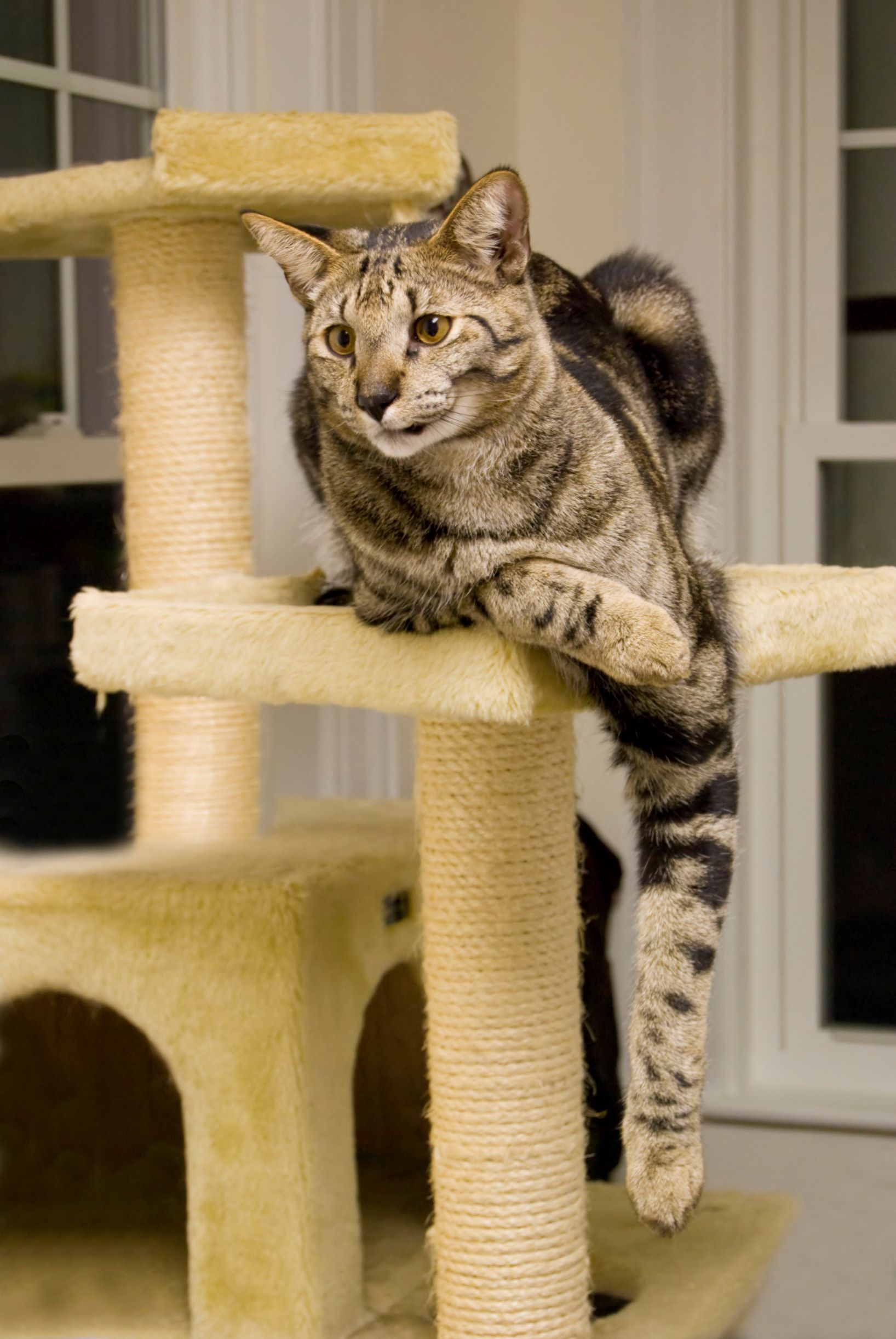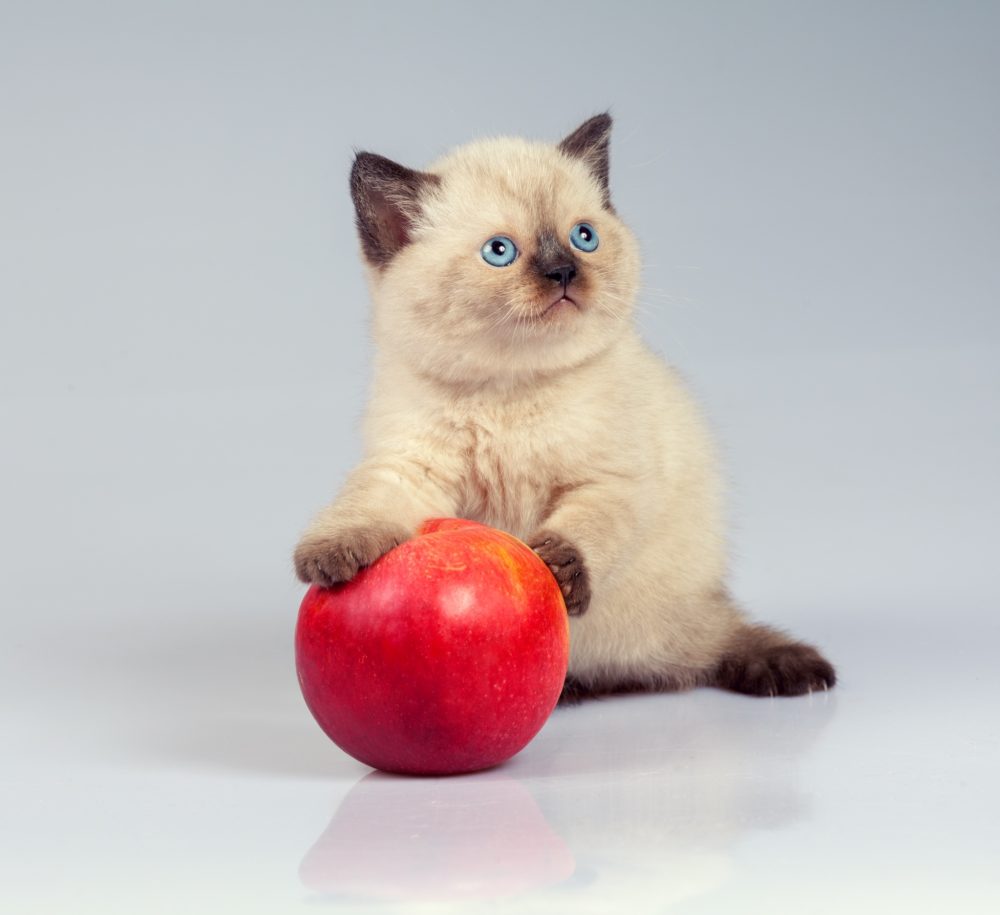
Why do cats play with their food?
We have two cats – Bella Boo is an indoor cat and Misty is an outdoor cat. Both have been known to play with their food – albeit in very different ways. Our indoor cat will sometimes play with a piece of dry food or a treat. She will push it with her paw, teasing it and sometimes try to fling it into the air. Our outdoor cat however plays with her food in a different way – she plays with any prey that she’s been successful in catching, usually a mouse. In a similar way to how our indoor cat plays with her piece of dry food, Misty will play with her caught mouse by teasing it with her paw, throwing it in the air and pouncing on it. But what is the root of this behaviour?
Why do cats play with their food?
Whether it’s dry food or caught prey, the reason cats play with their food boils down to the same reason. It’s part of the hunting instinct embedded in a cat’s make up. Hunting is a natural instinct in all cats. Cats were domesticated about 10,000 years ago, but before then, hunting was a means of survival. Hunting meat for food was critical to their existence. Today’s domesticated cats don’t have to hunt for their next meal, it’s simply served up several times a day with no effort at all required on their behalf. But some cats still have a need to satisfy their inner instinctive hunting urge. And the reason they play with their prey is all to do with their safety.
Cats don’t just play with their prey for fun – it’s actually a protection method. A cat will kill her prey by biting the animal in the neck. But to deliver this fateful bite means the cat has to get pretty close to the prey. A captured animal will try to escape or fight back, and the cat wants to avoid a bite or a scratch from a mouse, rat or whatever has been caught. Therefore, this action of playing and toying with the captured prey is to tire the animal out. Once the cat is satisfied that the prey has reached the point of exhaustion and poses no risk to the cat, then the fateful bite will be carried out.
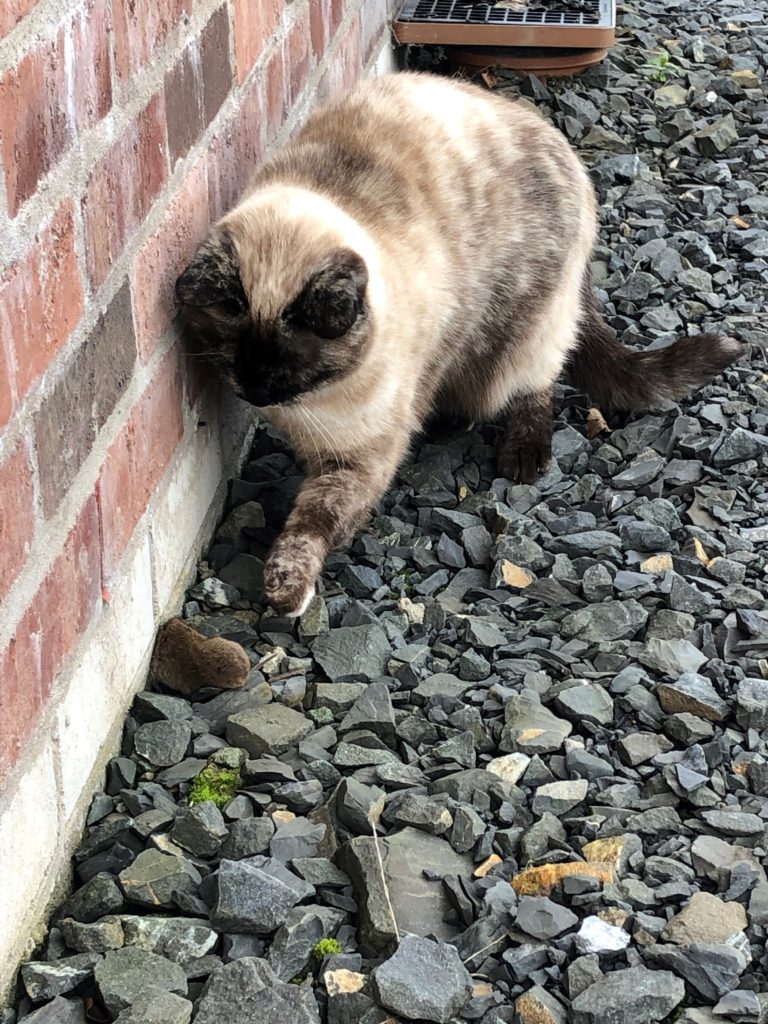
Indoor cats who are not outside hunting will therefore look to other ways of satisfying their natural hunting urges. This is why, sometimes, they will use their provided food source as an avenue for their ancestral urges. Hunting not only provided food but also a stimulation to their acute senses. And so if a cat doesn’t hunt, these senses will still need to used, and the pent up energies to be used up.
In the event of your cat bringing home a gift, check out our article ‘What to do when your cat brings home a dead bird or mouse?’
How can I stop my indoor cat playing with their food?
There are many ways that cat owners can ensure that their indoor cats are stimulated enough so they don’t have to play with their food to satisfy their natural urges.
Playtime with your cat
It is particularly important for indoor cats to be entertained and to have their natural instincts satisfied. Spending a little time every day playing games with your cat can help achieve this. It will also enrich your relationship with your cat and is a great way to get to know and understand each other better. Playtime for your cat is just as important as feeding and keeping them safe and warm. It will help to relieve stress, anxiety and behavioural problems. Here are a few key tips for a successful play session with your cat:
- Play when your cat is most active. This is usually early evening or dawn. If they are resting or sleeping, it’s best to leave them to it and try again later.
- Cats don’t need a long play session. Little and often is best otherwise they can get bored easily.
- Playing twice a day for 10-15 minutes each day will so much more beneficial than random play sessions.
- Try to mimic natural instincts to hunt and catch prey into playtime. This can include making the toys move in a way that mimics a mouse or a bird. Just having a toy mouse available for your cat to plat won’t stimulate your cat, it needs to move. Once she spots the toy mouse twitching or moving her hunting instincts will kick in.
- Let your cat to be successful in catching her toy prey, this will build her confidence, avoid frustration and build on trust.
Check out our article for plenty of ideas for games to play with your cat ’18 games to play with your cat’.
You can be creative in making your own toys or games or the choice available to buy is endless. A few favorites in our household include:
A toy mouse at the end of a wand with string are always great fun. A simple but effective toy and very nearly always a hit. Try to move the mouse to mimic real life movements of a prey.
A wind-up toy is great too, wind them up, watch them race off on their own with kitty in hot pursuit.
There are even remote-control mouse toys suitable for cats. Plenty of fun to be had watching your cat chasing this mouse across the floor.


Use of activity feeders
Activity feeding is introducing activities which require your cat to work for her food. In the wild cats would eat little and often – source it, hunt, eat and then start all over again. Activity feeders, or food puzzles, are devices that make mealtimes fun, and aim to satisfy some of the ancestral urges of hunting. They are many different kinds available and can be used for feeding both wet and dry diets. The food used in activity feeders should not be additional food – merely a different way of serving up the daily allowance of food.
Cats love using their paws to explore, and we have a great way to incorporate this into both play and hunting for food. Collect a few kitchen roll and toilet roll tubes and secure together in a sturdy shape such as a pyramid. Place some treats or dry food into the tubes and your cat will display her paw skills and determination in seeking the hidden treasure. Easy and simple to make!
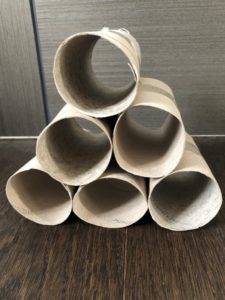
At the other end of the scale we really like this Trixie 5-in-1 activity feeder – 5 different challenges on one board. It’s suitable for both wet and dry food and with 5 puzzles your cat will enjoy plenty of challenges in seeking out her next treat or snack.
Treat dispensing toys are also great fun and can provide your cat with a fun challenge. Fill the dispenser with your cat’s favourite treats and they will have great fun rolling and pushing the ball to release the tasty treasure inside.
In summary, if your cat is playing with her food this is usually very normal behavior. However, if you have any concerns regarding your cat’s habits, or notice any sudden changes, please contact your veterinary for advice.
Other articles you may find of interest:
Why does my cat pull her food out of the bowl?
Do cats keep rats away? Do cats hunt rats?
How to keep your cat happy – 10 key factors
Do indoor cats need outside time? Why does my cat refuse to go outside?
8 common feeding problems in cats and how to solve them

